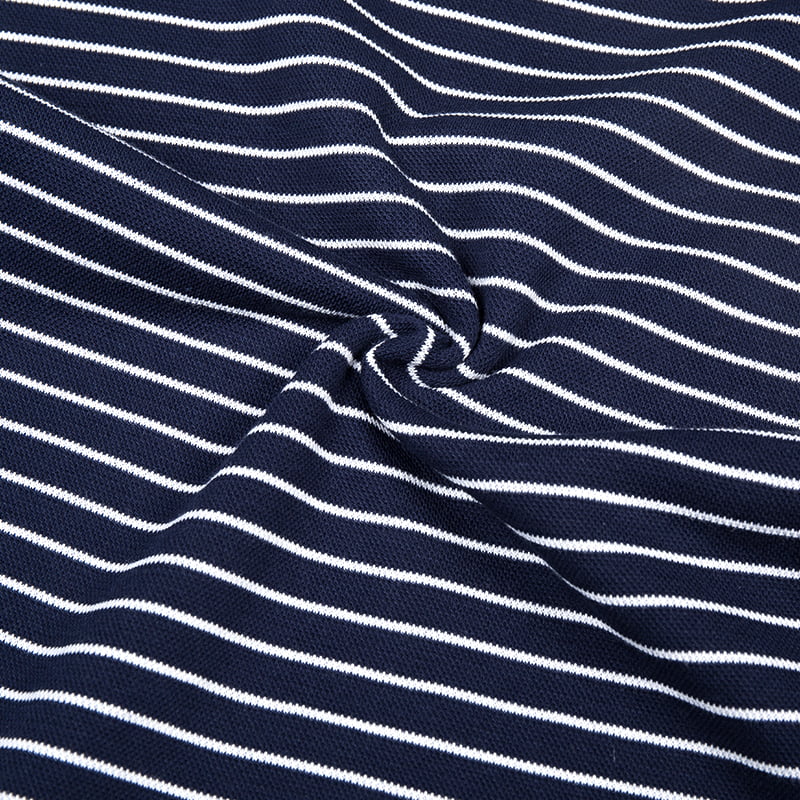
The texture and hand feel of cotton interlock knitted fabric can indeed vary across different colors and designs due to several factors:
Dyeing and Printing Methods:
Solid Colors: In solid-colored interlock knits, the texture and hand feel are typically consistent across the fabric because the same dye or pigment is used uniformly.
Prints and Patterns: Depending on the printing method (e.g., screen printing, digital printing), additional layers of ink or dye may alter the surface texture slightly, especially with thicker prints or intricate designs.
Yarn Composition and Finishing:
The type and quality of cotton yarn used can influence the fabric's texture and hand feel. For example, combed or mercerized cotton yarns tend to result in smoother and softer fabrics compared to standard cotton yarns.
Finishing processes, such as brushing or calendaring, can further enhance the fabric's texture and softness, making it smoother or adding a subtle sheen.
Design Elements:
For heathered or melange designs, where multiple colored yarns are blended together, the texture may appear more textured or subtly uneven, giving it a characteristic depth.

Textured or embossed patterns can add tactile elements to the fabric, altering the hand feel in localized areas.
Color Perception:
Perceived texture and hand feel can also be influenced by color. Darker colors might appear denser or heavier, while lighter colors may feel lighter and more breathable.
Fabric Weight and Density:
The weight and density of the interlock knit can affect its drape and perceived texture. Higher density knits might feel smoother and more substantial, while lighter weights may feel airier and softer.
In summary, while cotton interlock knitted fabric generally offers a soft and comfortable feel, the variation in texture and hand feel across different colors and designs can be influenced by factors such as dyeing methods, yarn composition, finishing techniques, and design elements used in production.


 English
English 中文简体
中文简体











